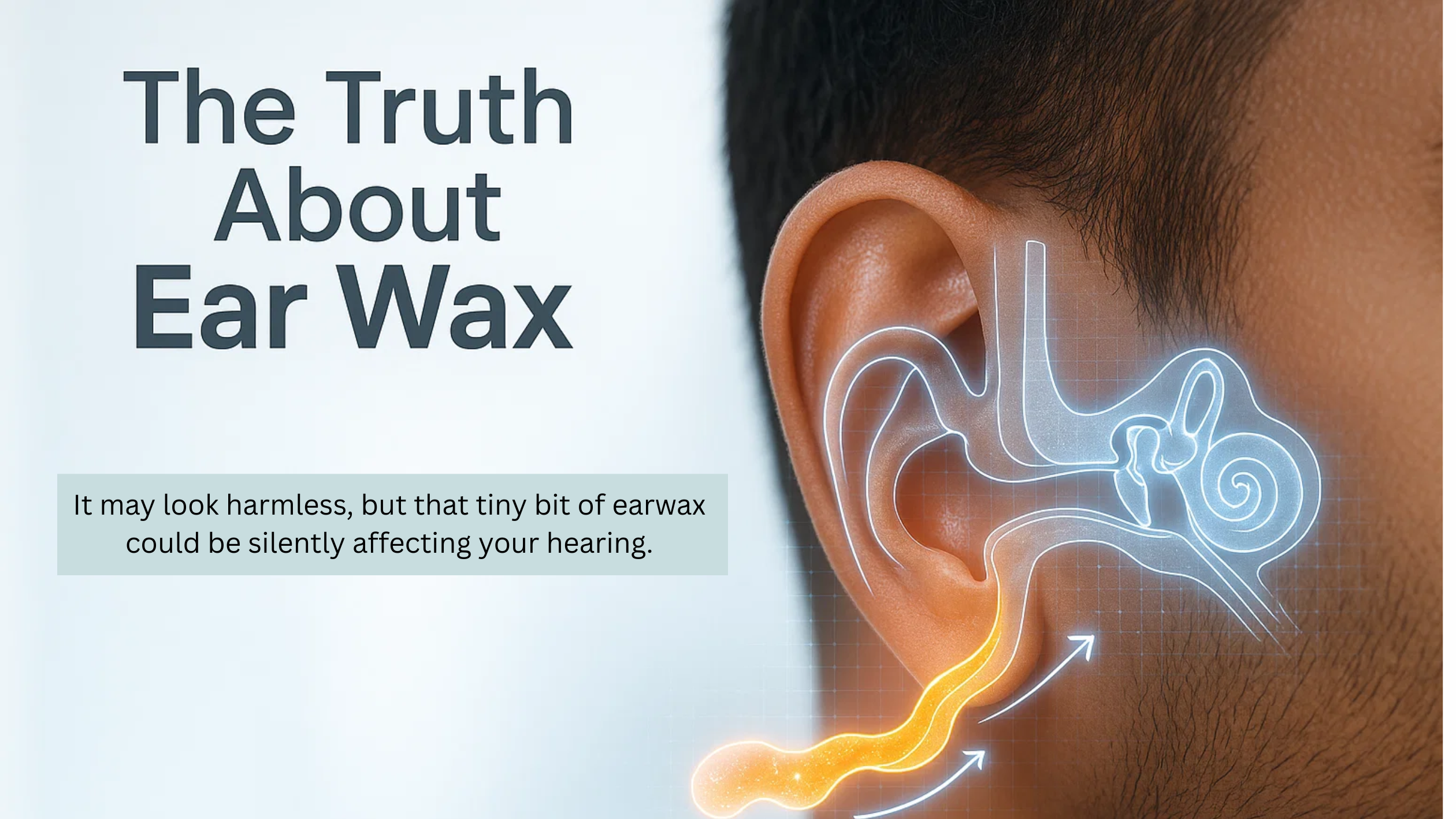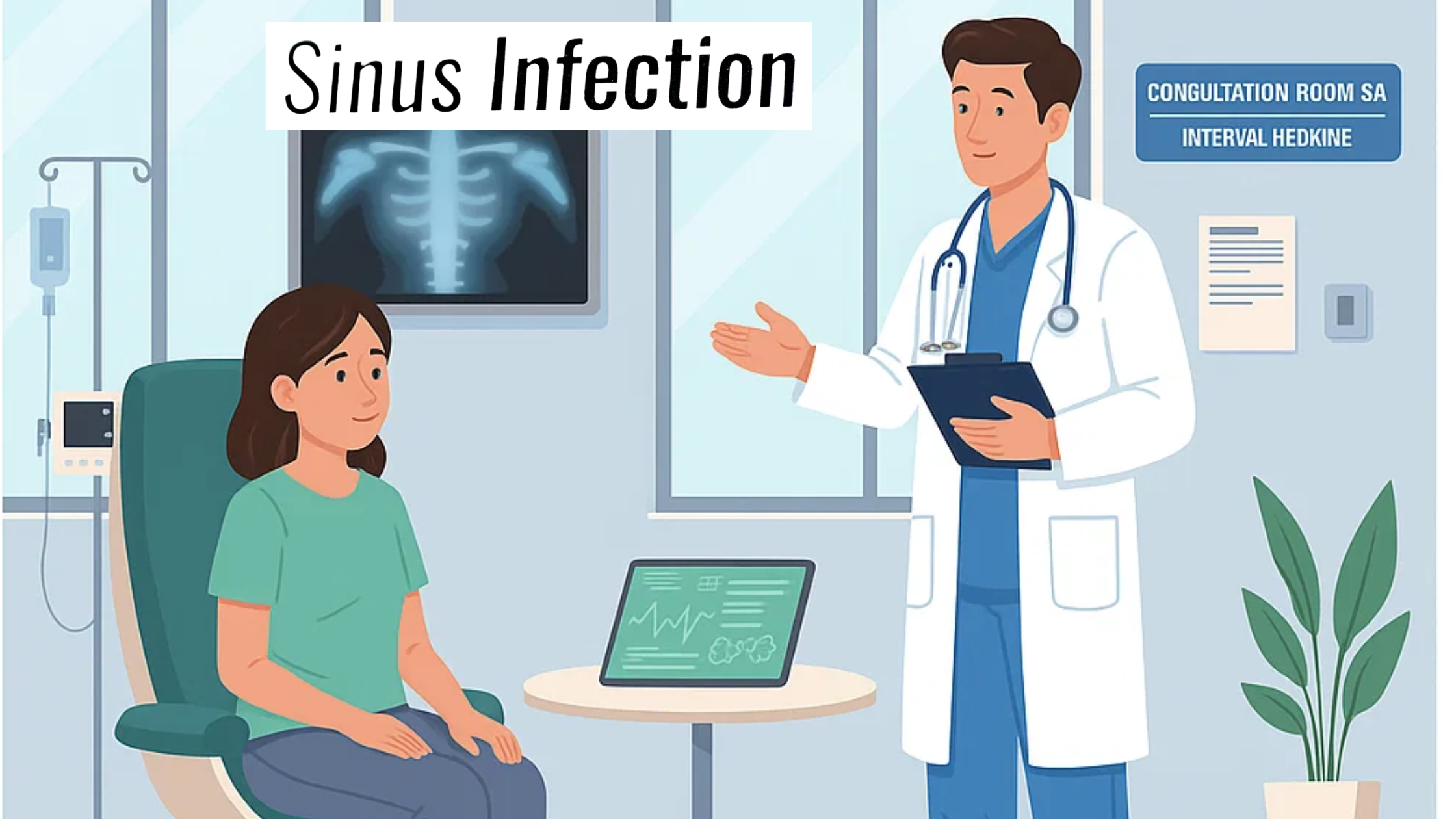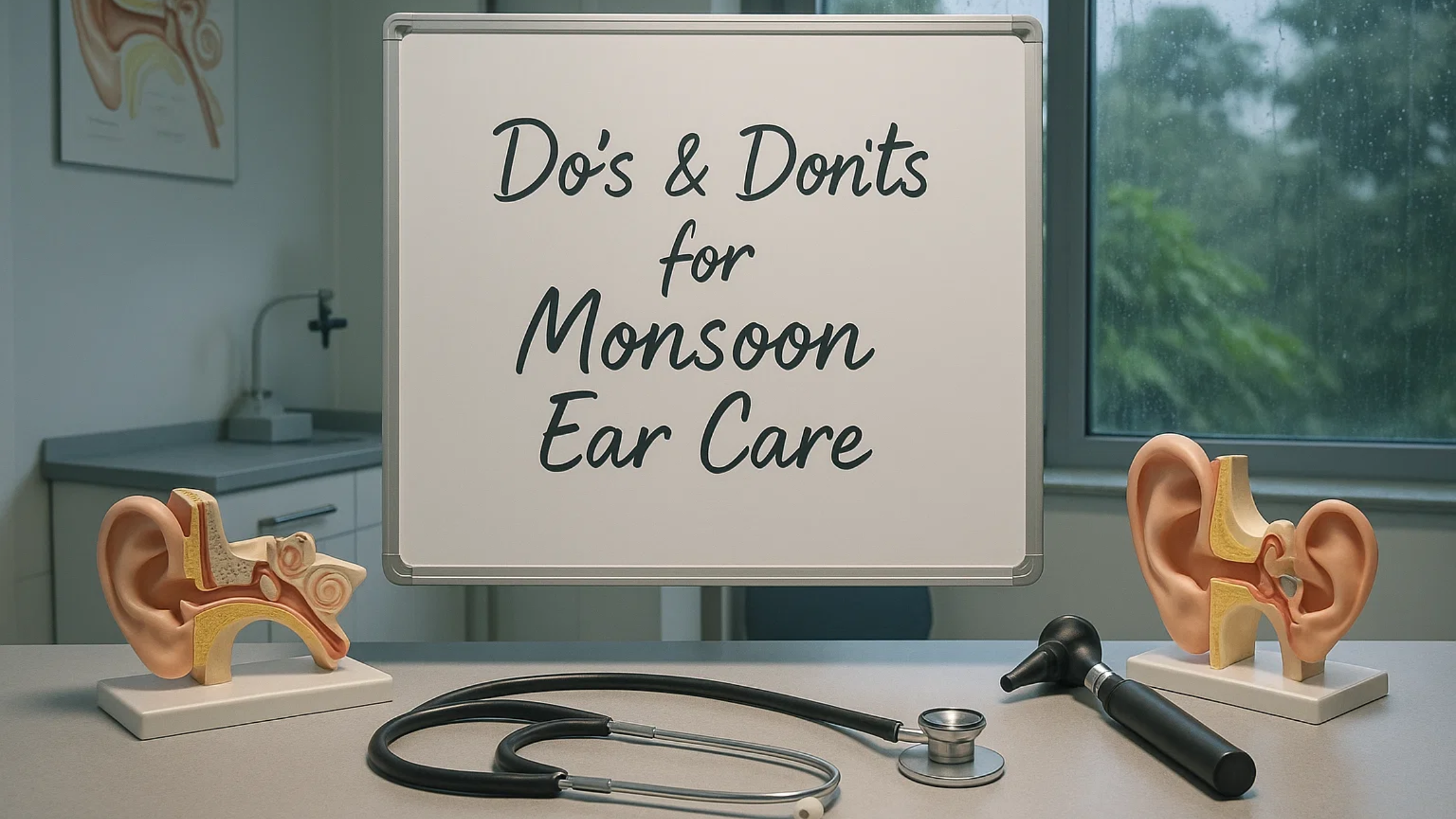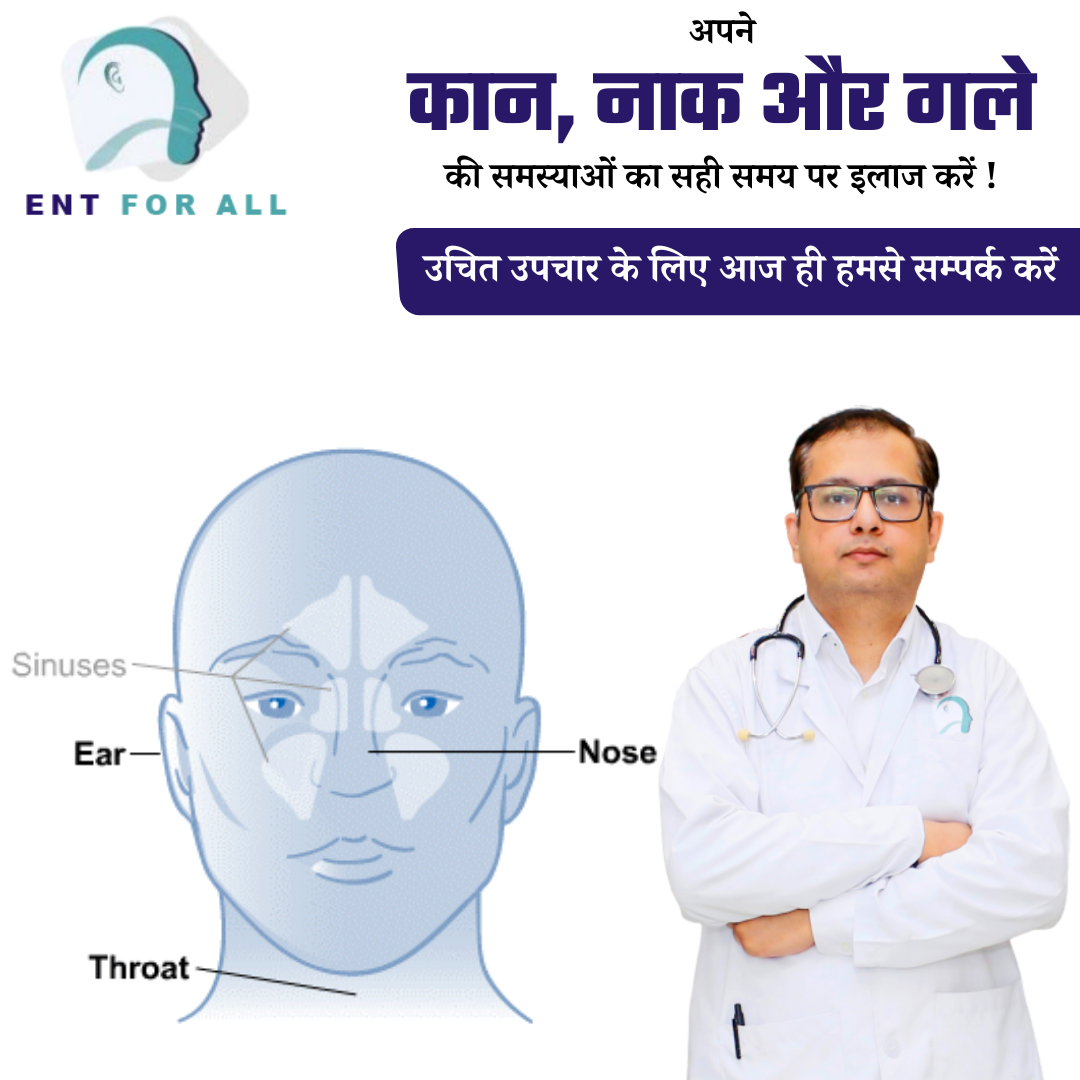Your tonsils are two tissue pads, one on each side, that are situated in the back of your throat. They aid in the immune system’s function by capturing germs and viruses that enter the body through the mouth. But occasionally, an inflammation of these tonsils might result in severe discomfort. In such circumstances, an ENT (ear, nose, and throat) expert may advise a tonsillectomy or surgically remove the tonsils.
Gaining knowledge about the tonsillectomy process will help you feel less anxious and get better faster. Tonsillectomy surgery is provided by renowned ENT specialist Dr. Sushant Joshi of the ENT for All Clinic in Udaipur, who can also help you throughout the procedure.
Procedure For Tonsil Removal
Techniques for tonsillectomy usually entail either conventional surgery or more modern approaches like coblation or laser-assisted operations. In conventional surgery, a scalpel is used to remove the tonsils, but in coblation, tissue is vaporized with less harm to the surrounding area thanks to radiofrequency energy. Focused light energy is utilized in laser-assisted procedures to achieve precise removal.
Before, During and After Surgery
Before Surgery: Dr. Joshi will probably do a pre-operative consultation during which he will go over your medical history, any medications you are currently taking, and any possible risks related to the surgery. To make sure you’re healthy enough for the treatment, blood testing might be necessary. You will be told not to take blood thinners or specific drugs before surgery.
During Surgery: The surgeon will access your tonsils through your mouth after you are unconscious. They will remove the tonsils carefully using the selected procedure. The process normally takes between thirty and sixty minutes.
After Surgery: You will be kept under observation in a recovery room after surgery until you come out of anesthesia. A sore throat is to be expected, particularly in the first week following surgery. To control discomfort, prescriptions for painkillers will be written. For the first few days of rehabilitation, soft foods like applesauce, yogurt, and mashed potatoes are advised. Rest is essential for effective recovery. After surgery, one should refrain from strenuous activities for at least one week
Recovery after Tonsillectomy
Although it varies from person to person, the healing process usually takes one to two weeks. Here’s what to anticipate:
- Expected Timeline: The first few days provide the most discomfort, which progressively goes better over the next week. You should be able to get back to most of your regular activities by the second week.
- Common Symptoms: Common post-operative symptoms include poor breath, earaches, sore throats, and difficulty swallowing. Patients might do the following to treat these symptoms: consuming cold fluids, Taking over-the-counter painkillers as prescribed by a physician, eating soft meals like yogurt, applesauce, or soup, and gargling with warm salt water.
- Recovery Tips: Drinking enough water, avoiding spicy or acidic meals, and getting lots of rest will all help you heal more quickly.
When is a Tonsillectomy Necessary?
Common Reasons for Tonsillectomy are:
- Frequent Tonsillitis: The most frequent cause of tonsillectomy is recurrent tonsillitis. Having tonsillitis five or more times a year is referred to as frequent tonsillitis.
- Chronic Tonsillitis: Even in the absence of an active infection, chronic tonsillitis is defined as enlarged tonsils that last for protracted periods, frequently months at a time.
- Enlarged Tonsils Obstructing Airway: Sometimes, especially when one is sleeping, the tonsils can expand to the point where they obstruct breathing, making it difficult to breathe. Sleep apnea and snoring are two symptoms that may result from this.
Frequent or Chronic Tonsillitis
- Frequent Tonsillitis: This is the most common reason for tonsillectomy. It’s typically defined as experiencing episodes of tonsil infection five or more times in a year.
- Chronic Tonsillitis: Chronic tonsillitis refers to swollen tonsils that persist for extended periods, often months at a time, even without active infection. These swollen tonsils can cause persistent symptoms like sore throat, bad breath, and difficulty swallowing.
Who should consider tonsillectomy (adults vs. children)?
Tonsillectomy is generally a surgery performed on youngsters rather than adults. Adults, however, may also benefit from the procedure if they develop issues such as recurrent tonsillitis. A tonsillectomy can be performed on an adult or child, however, it may be more prevalent in youngsters due to recurrent infections or respiratory issues.
Conclusion
In summary, a tonsillectomy is a surgical operation that involves removing the tonsils. This procedure is typically required for people who have chronic tonsillitis, respiratory problems, or recurring infections. It is essential to comprehend the surgery’s purpose, the healing process, and the process itself. Talk to a licensed healthcare provider if you have any concerns or are thinking about having a tonsillectomy. At the top ENT facility in Udaipur, a skilled ENT specialist, Dr. Sushant Joshi can offer a precise diagnosis and tailored treatment choices for your issue. Never be afraid to ask for professional advice and assistance.

















